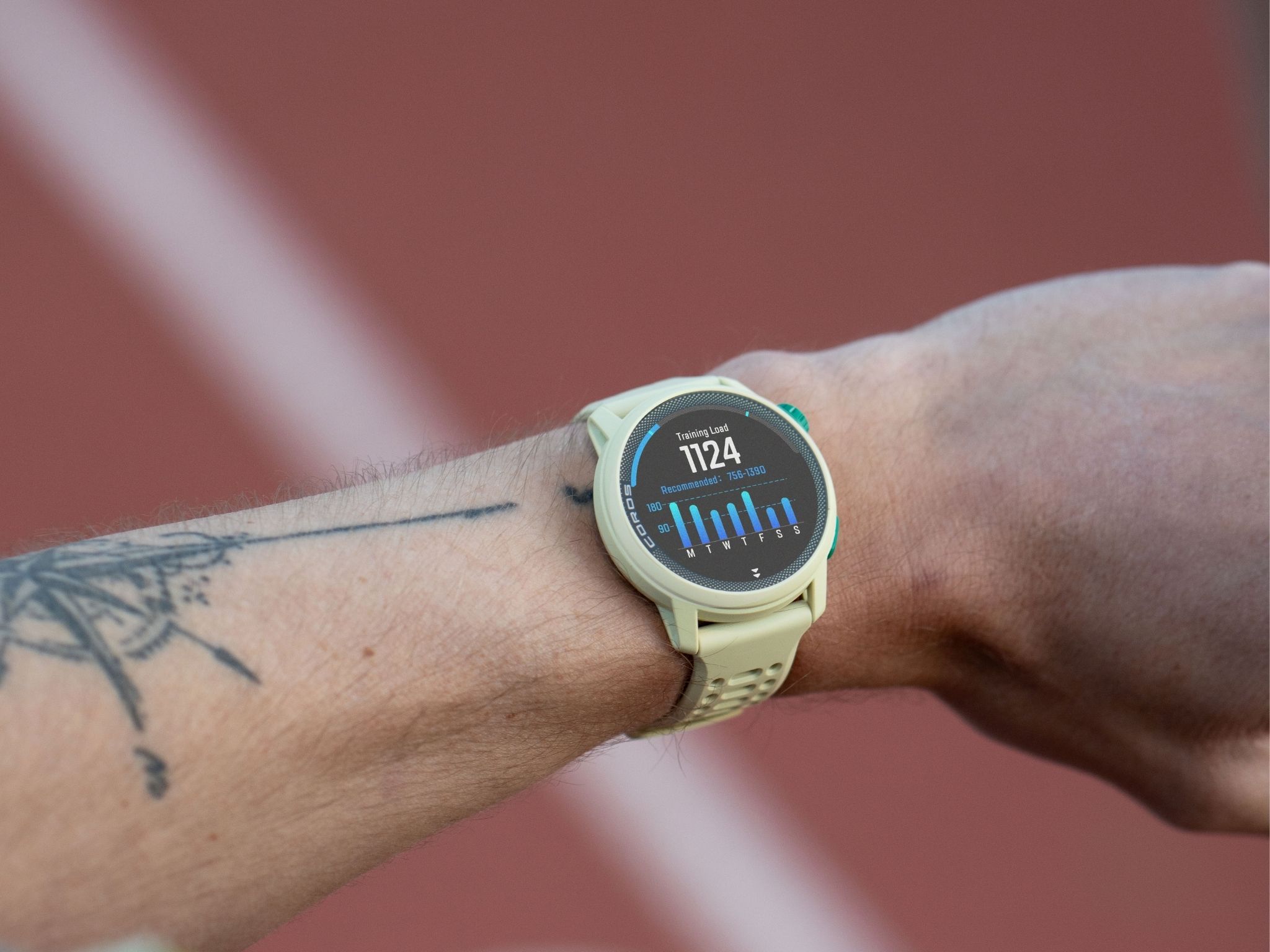Strides (aka striders, or pickups) are a tool in running that help work on form, running economy (how efficiently you’re moving biomechanically), top-end speed, and coordination. Strides are easily overlooked because of not being long in duration, are low stress on the body, and can give off the impression of being “too simple to make a difference.”
However, I’ll tell you something a former coach shared that’s always stuck with me (and I’ve passed on to the runners that I coach), “Drills and Strides are like vitamins, you have to do them consistently to see them pay off.” Consistently practicing strides can lead to better running form and improved running efficiency. During these short bursts of faster running, runners tend to naturally focus on their posture, stride length, arm swing, and foot placement.
You do not have to be a high-level runner to incorporate them into your schedule! If you’re a newer runner who’s never done any form of speed work before, they’re a great introduction to it. If you consider yourself an experienced or high-level runner, they can become a staple in your training schedule that you incorporate 1-2 times per week, and as part of your warm-up going into a speed workout or race.
Strides are also fantastic for building fitness again after taking an extended period of time off from speed work or running altogether (make sure you’ve built up your base mileage first, of course)! I’ll share more information later on how to introduce them for the first time, as well as how to incorporate them into your schedule.
How to Run Strides
Strides are 20-30 second (or 50-100m) accelerations reaching 5k to Mile race pace (90% of your max speed, or 9/10 on the RPE Scale), followed by recovery jogs or standing rest periods between. Typically, I’ll prescribe 4-8 strides depending on the experience level, what works best for the athlete, and the intention of the day. It’s important to note that strides are not all-out sprints. I always advise runners to break up a stride (mentally) into thirds.
The First Third
Accelerate up to 5k-mile race pace, or 90% of your max speed.
The Second Third
Hold 5k-mile race pace (or 90% of your max speed), while focusing on maintaining good form. It should feel FAST, but still very controlled. If it feels like you’re flailing your body forward, or muscling through each stride, it means you’re going too fast and need to pull back. Remember, the goal of running strides is to increase your speed and running economy, but in order to do so you need to practice running fast and relaxed.
The Final Third
Decelerate During the final third of the stride, slowly decelerate and coast to a stop. If you stop abruptly within a few steps, it’s essentially like slamming on the breaks which can be really hard on the joints. A helpful cue can be “keep quiet footsteps.” Once you’ve done this, you can then start your recovery jog (or standing rest). I recommend giving yourself 2-3x the amount of time that it took you to run the stride, for your recovery.
The goal is to feel rested going into each one, so they all feel equally difficult. If you’re feeling the difficulty build with each stride, give yourself more recovery time! Too little rest will increase the stress and negate the intention of the run.

Your Threshold Pace Zones are available in the Training Hub and COROS mobile app! Aiming for Anaerobic Power is ideal when running strides.
How to Incorporate Strides into your Schedule
The fun part about strides is that there are so many variations and ways you can include them in your training! You can do strides almost anywhere, but always make sure that the terrain you’re running on is safe enough to go FAST.
If You’re New to Speed Work
If you’ve never done a speed workout before, this is a great place to start! I recommend choosing one of your shorter runs during the week (preferably not the day before a long run - you might be sore after the first few times!). At the end of your selected easy run, you can start with 4 x 20-30 second strides with a 60-90 second recovery jog or standing rest between.
Doing this once per week is perfect to get started. Each week you can increase the number of strides that you do, but I would recommend to only add 1 stride at a time. 6-8 strides is a great range to build up to when doing them in the middle or at the end of an easy run.

The Structured Workout feature in the COROS app gives you the ability to program your workouts, and have it delivered directly to your watch to make for an easy-to-follow experience on your speed days.
If You’re an Experienced Runner
It can be really beneficial to have strides as a staple in your schedule 1-2x each week whether you’re training for a race or not!
Speed Workout / Race Prep
If you have speed workouts on your training schedule, adding 4-8 strides to the middle or end of your easy run the day before can get your legs sharpened and ready to go for your workout the next day. The same benefits apply to have them the day before a long run (even if it’s easy miles)!
Many get nervous to do them as part of their warm-up when they have a speed workout or race. However, think of doing them as a way to get your legs firing on all cylinders before starting your workout or the race begins. Oftentimes when that first rep or mile feels harder than it should, or stale, it’s due to not being properly warmed up. If you’re still not convinced, I encourage you to start with 2-3 during your next warm-up and see how you feel! I guarantee that first rep will feel smoother!
Speed Maintenance
If you’re taking a period of time away from speed workouts but want to have a low stress way to maintain turnover, I would pick 1-2 days per week where you incorporate strides into your schedule! Don’t be afraid to mix it up to keep it enjoyable. You can do this by adding in variations like hill strides, or adding them at the end of a medium long run to reinforce good form when slightly fatigued. You can also simply change up the duration/distance!
You can still develop speed and power during seasons like this. I personally experienced this coming off of lateral ankle reconstruction surgery back in 2021. I had a couple months where I was doing strides 1-2x/week while building my base mileage back up again. When I was cleared by my PT to do my first structured full workout, I surprised myself! There was more speed and pop than I expected, and it took less time to dust the rust off.
Never underestimate the power that strides can have in your training. Those little things in training always go a long way!
For this article, COROS Coaches have teamed up with Toni Kengor of Relentless Runners to provide insights from her coaching expertise. To hear the latest from the Relentless Runners team, join their mailing list or follow them on Instagram!
/fit-in/0x18/coros-v2/images/common/logo_black.png)





